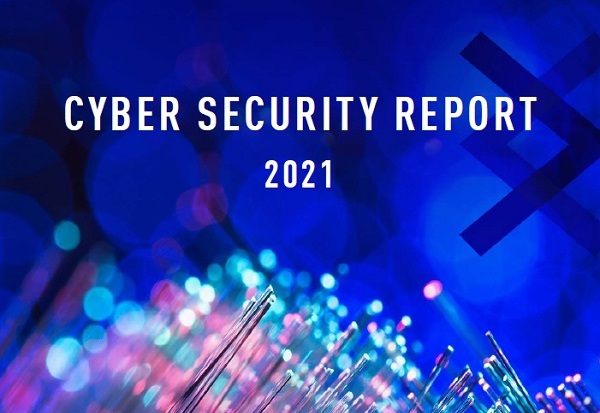The year 2020 will be one that we will all remember for a very long time. Twelve months ago, very few of us could have foreseen the global disruption that would be caused by COVID-19, the worst pandemic in over a century. The seismic changes that affected our lives almost overnight continue to be felt, and will stay with us through 2021 and beyond.
With social distancing being critical to slowing the spread of the coronavirus, we needed to transform all aspects of the way we live, from working to shopping to interacting with our families and loved ones. The internet enabled us to keep our world running. Businesses globally surprised themselves with the speed and success of their digital initiatives: it is estimated that during 2020, digital transformation has accelerated and advanced by up to seven years. What was once thought to be almost impossible was achieved in just a few months.
Of course, this giant leap in connectivity and our growing reliance on technology in our everyday lives has created new challenges and problems. Just as organizations worldwide have transformed their ways of working, threat actors and cyber criminals also changed their tactics so that they could take advantage of the pandemic’s disruption.
We saw huge spikes in attacks against organizations’ new remote working capabilities. We witnessed surges in phishing attacks targeting home workers and consumers, aiming to steal their personal details. There were major increases in shameless ransomware exploits and sophisticated hacking attempts targeting hospitals, healthcare organizations, and the companies involved in making and shipping the critical COVID-19 vaccines.
And in December, we saw the massive Sunburst attacks which targeted many thousands of government and private-sector technology organizations worldwide via a backdoor embedded in their SolarWinds network management software. Check Point first predicted these types of multi-vector, fast-moving, large-scale Gen V attacks two years ago, and they are hitting organizations globally more frequently than ever before. All these attacks and threats continue to be on the rise today. This growing cyber pandemic has the potential to destabilize the new normal that we have carved out over the past year.
However, while COVID-19 has cast a dark cloud over the world, there are strong signs that this cloud will soon be lifting. The world’s largest-ever vaccination campaign is now rolling out to protect populations against infection. This will in turn allow restrictions to be eased and enable us to take full advantage of the fantastic digital advances we made in 2020.
But to do this, we need to act now to stop the cyber pandemic spreading out of control. Just as the global vaccine roll-out will enable societies to safely emerge from lockdowns, we also need to vaccinate our hyper-connected networks to prevent the damaging cyber attacks and threats that cause so much disruption, and put security and safety at risk for all of us.
In this 2021 Cyber Security Report, we will review 2020’s significant cyber threats, attacks and events, and the impact these have had on organizations worldwide. We will also look at what we expect to see in 2021’s cyber landscape, to help organizations prepare themselves for what’s to come and show how they can develop the strongest possible security posture. By preventing advanced cyber attacks, security is an enabler that unlocks innovation and helps to safeguard the future—for all of us.
Dr. Dorit Dor
Vice President of Products
Check Point Software Technologies


